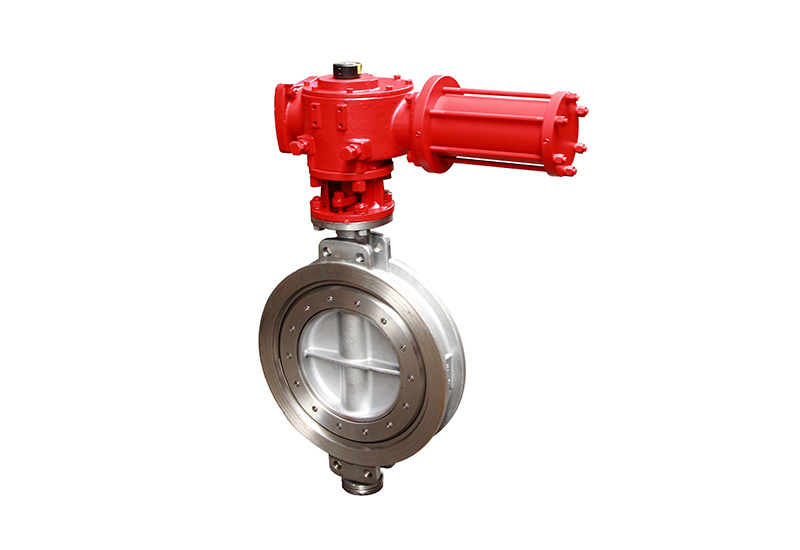The Difference Between Lug and Flanged Butterfly Valves
Release date:
2019-06-25
The clamp-style valve is more affordable, typically costing about two-thirds the price of a flanged valve. When selecting imported valves, opt for the clamp-style whenever possible—it’s not only cheaper but also lighter in weight. However, clamp-style valves feature longer bolt lengths, which demand higher precision during installation. If the flanges on either side become misaligned, the bolts will experience significant shear forces, increasing the risk of leakage. Additionally, in high-temperature applications, the extended bolts may expand under heat, potentially leading to leaks. Therefore, clamp-style valves are generally not recommended for large-diameter pipelines operating at elevated temperatures. Moreover, clamp-style butterfly valves are usually unsuitable for use at the pipeline’s end or in scenarios where downstream disassembly is required. This is because, once the downstream flange is removed, the clamp-style valve itself could fall off. To avoid this issue, an additional short section must be installed specifically for easy removal—a design challenge that doesn’t arise with flanged butterfly valves, though the latter come at a higher cost. In contrast, clamp-style butterfly valves lack flanges at both ends, featuring instead just a few导向螺栓孔. The valve connects to end flanges using a set of bolts and nuts. While this design makes disassembly simpler and reduces overall costs, it also means that if one sealing surface fails, both seals must be dismantled simultaneously. On the other hand, flanged butterfly valves have flanges at each end, allowing them to connect directly to pipe flanges. This design offers more reliable sealing performance, albeit at a significantly higher price point. Ultimately, choosing between the two depends on specific application needs and budget considerations.
The clamp-style option is more affordable, costing roughly two-thirds the price of a flanged one. When selecting imported valves, opt for the clamp-style whenever possible—it’s not only cheaper but also lighter in weight.
The clamp-type valve features longer bolts, which demand higher precision during installation. If the flanges on both sides become misaligned, the bolts will experience significant shear forces, making the valve prone to leakage. Additionally, clamp-type valve bolts are typically quite long; under high-temperature operating conditions, thermal expansion of the bolts could potentially lead to leaks. Therefore, these valves are not suitable for large-diameter pipelines in high-temperature applications.
Moreover, lug-type butterfly valves are generally not suitable for use at the pipeline ends or in downstream applications requiring frequent disassembly, since the flanges on the downstream side can cause the lug-style valve to fall off when removed. To address this issue, an additional short section must be installed specifically for easy removal. In contrast, flanged butterfly valves don’t have this problem, though they tend to be more expensive.
The disc butterfly valve with a clamp design doesn’t have flanges at both ends of the valve body—instead, it features just a few guide bolt holes. The valve is connected to the end flanges using a set of bolts and nuts. While this design makes disassembly easier and keeps costs lower, it has a drawback: if one sealing surface fails, both sealing surfaces must be dismantled. In contrast, the flanged butterfly valve comes equipped with flanges at each end of the valve body, allowing it to connect directly to pipe flanges. This design offers more reliable sealing performance, though it also results in higher manufacturing costs. Ultimately, choosing between the two depends on specific application needs and priorities.

Latest Updates
Share to
Address: NO.7A BULIDING, ZHUAO IND.ZONE,OUBEI STREET, YONGJIA, 325105,WENZHOU,ZHEJIANG CHINA
Mobile phone:86-15868793566
Phone:86-577-57775050
Fax: 86-577-57779292
Email:boho@china-boho.com



